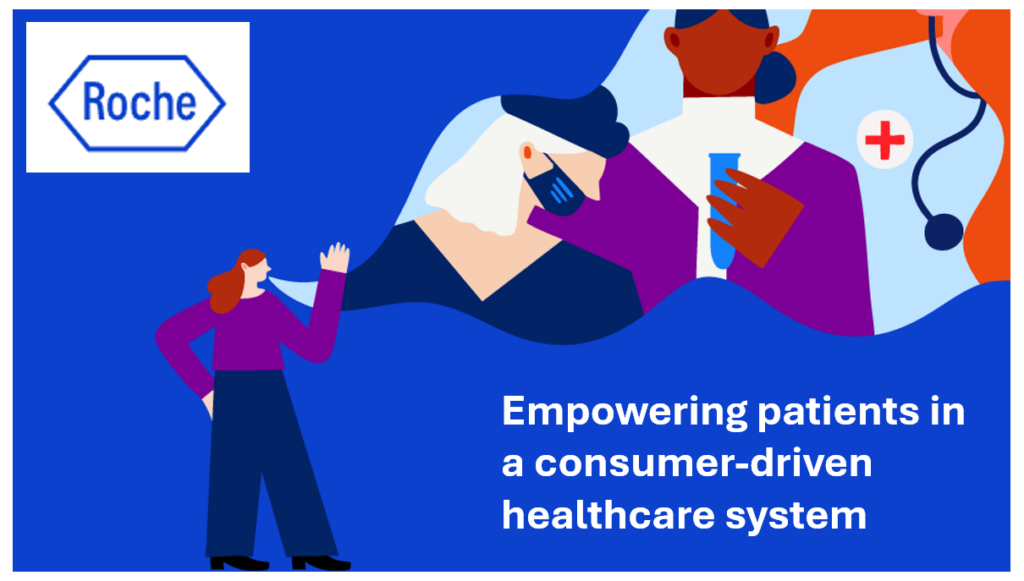 A global analysis of mobile health (mHealth) by the Boston Consulting Group (BCG) for Telenor, the telecomms company, illustrates many forms of return-on-investment using mobile platforms in health:
A global analysis of mobile health (mHealth) by the Boston Consulting Group (BCG) for Telenor, the telecomms company, illustrates many forms of return-on-investment using mobile platforms in health:
- Improved quality of life for individuals and families
- A more educated society
- Lower absenteeism for employers, and
- Greater incomes for people.
Together, these micro-benefits yield macro societal benefits such as freeing up (acute) health systems due to a lower burden of chronic care; positive impacts on people, labor participation, and productivity; and, long-term economic growth.
BCG believes that, “the smartphone is the most popular technology among doctors since the stethoscope.” That phone can play multiple roles, from promoting patient adherence to therapeutic regimens and remote diagnostics to allowing doctors to access data on-the-go.
The World Health Organization has calculated that mHealth adoption could reduce costs for elderly care by 25%, reduce maternal and perinatal mortality by 30%, and improve TB treatment compliance between 30% and 70%.
For nations with aging populations, BCG presents a compelling case for remote diagnostic treatment and support, drawing on data from pilots in Denmark and Norway. In these countries, about 4% of people have COPD, and using remote monitoring technology reduced inpatient hospitalizations and days by over one-half. This finding is important for these nations as their governments are well-aware that the current welfare model is not sustainable as society is aging and birthrates not replacing older retiring workers with younger (tax-paying) ones to support care for the elderly in the expected numbers.
BCG figures that Norway could save €1.5 billion a year, Denmark €1.25 bn, and Sweden, €2.4 bn, were those countries to adopt and fully deploy remote monitoring targeting seniors staying at home.
Telenor operates in 11 countries in Europe and Asia.
Health Populi’s Hot Points: Telenor titled its press release of the study, “The world is ready for mobile healthcare.” The “world” may be ready, as Telenor expands through the European and Asian markets in which it operates, but is the U.S. ready for mobile healthcare?
The answer is, in that time-worn Jerry McGuire-used phrase, to show-me-the-money. Or at least, follow it.
That the U.S. health system is financed in a Rube Goldberg-ian style, through public and private payors (notably, employers), along with individual patients both at full-retail for health insurance along with co-payments and -insurance, has been what’s been a barrier to full-on adoption of mobile health.
As individuals take on more fiscal responsibility (aka “skin in the game”) for their own health, and health costs become more transparent, more health citizens are getting more activated to get more involved in their health care, and the care of their loved ones (kids, aging parents). Furthermore, as payors take on value-based payment regimes, paying for performance, and funding new paradigms of care delivery such as patient-centered medical homes, incentives will better align for providers to adopt mobile and remote monitoring health technologies.
We’re at the crossroads…and in the case of the U.S., remote monitoring for older people remaining at home could conserve $200 billion according to the Center for Technology and Aging– dwarfing what Nordic Europe could theoretically recoup.




 I was invited to be a Judge for the upcoming
I was invited to be a Judge for the upcoming  Thank you Team Roche for inviting me to brainstorm patients as health citizens, consumers, payers, and voters
Thank you Team Roche for inviting me to brainstorm patients as health citizens, consumers, payers, and voters  For the past 15 years,
For the past 15 years,